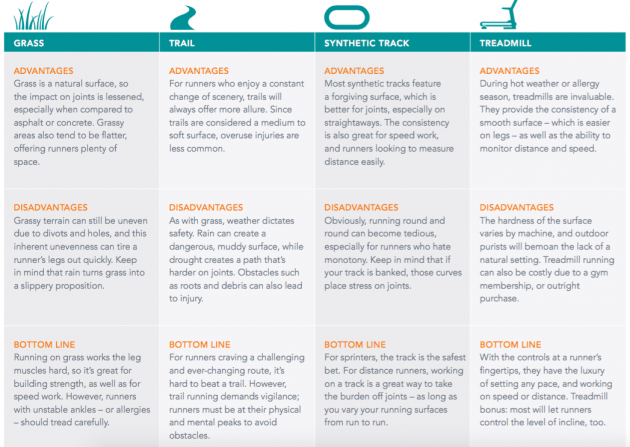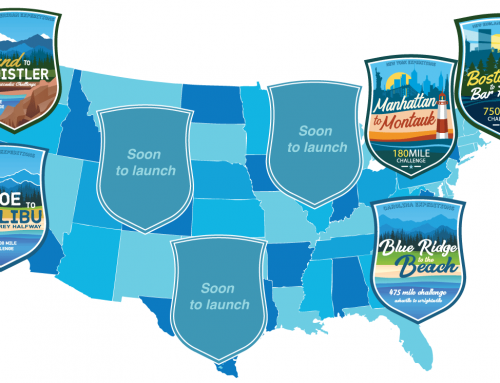Every running surface has its pros and cons. Running exclusively on hard surfaces is tough on joints, and can lead to degeneration and arthritis. However, sticking to soft surfaces can overwork your leg muscles, which can cause overuse injuries. According to Christina Vorobej, MD, of Sports Medicine & Injury Care, finding a happy medium is critical for long-term running health.
“Running is great because you can do it anywhere, anytime,” Dr. Vorobej said. “But it’s also important to vary the surface, and incorporate cross-training.”
Asphalt roadways and concrete sidewalks are obviously accessible; most runners simply lace up their sneakers, walk out the front door, and start their stride. However, asphalt and concrete represent the hardest surfaces.
Throw in the added hazards of traffic, potholes and curbs, and Dr. Vorobej’s case for varying your running surfaces becomes even stronger. That’s why she offered up four off-road options, along with their advantages and disadvantages.









